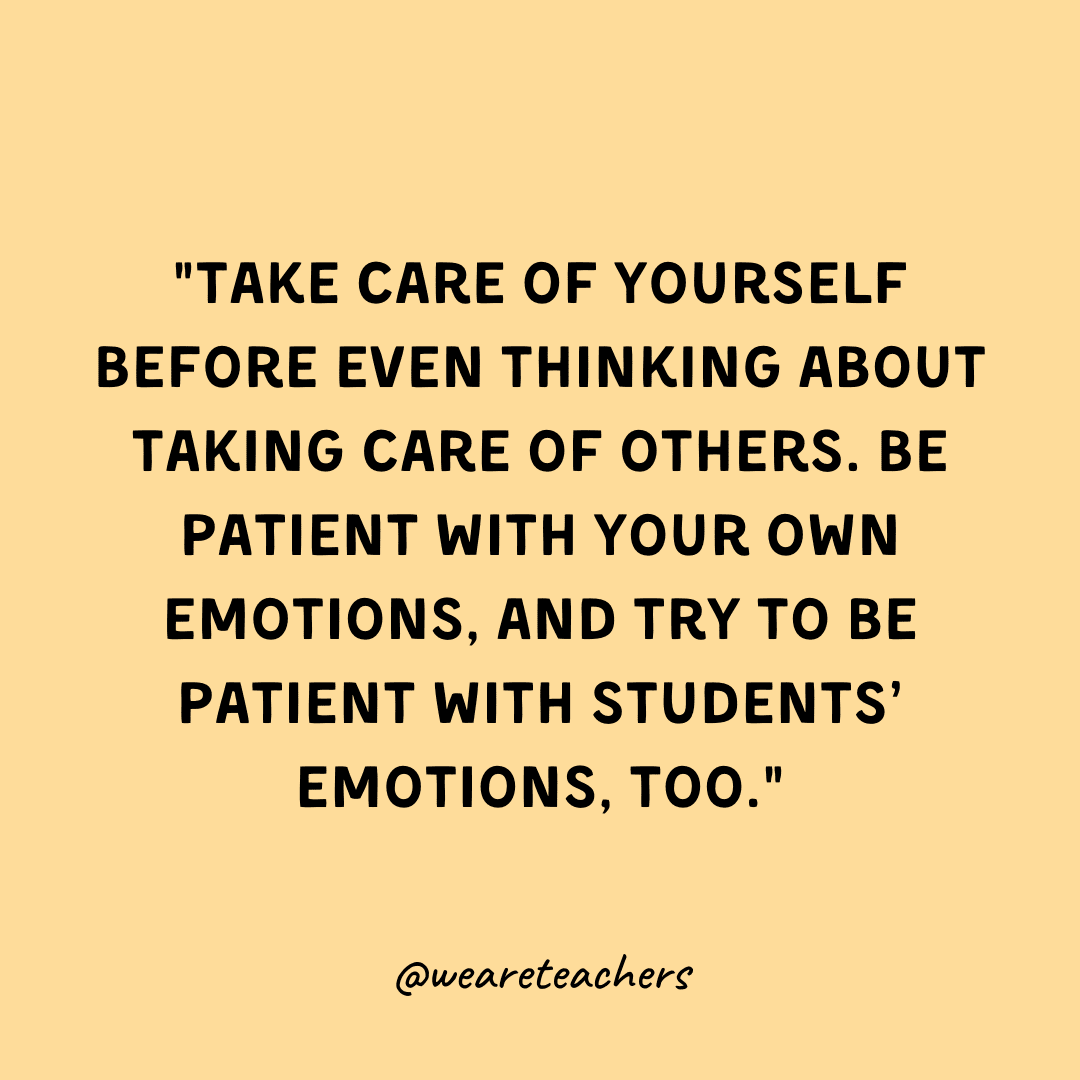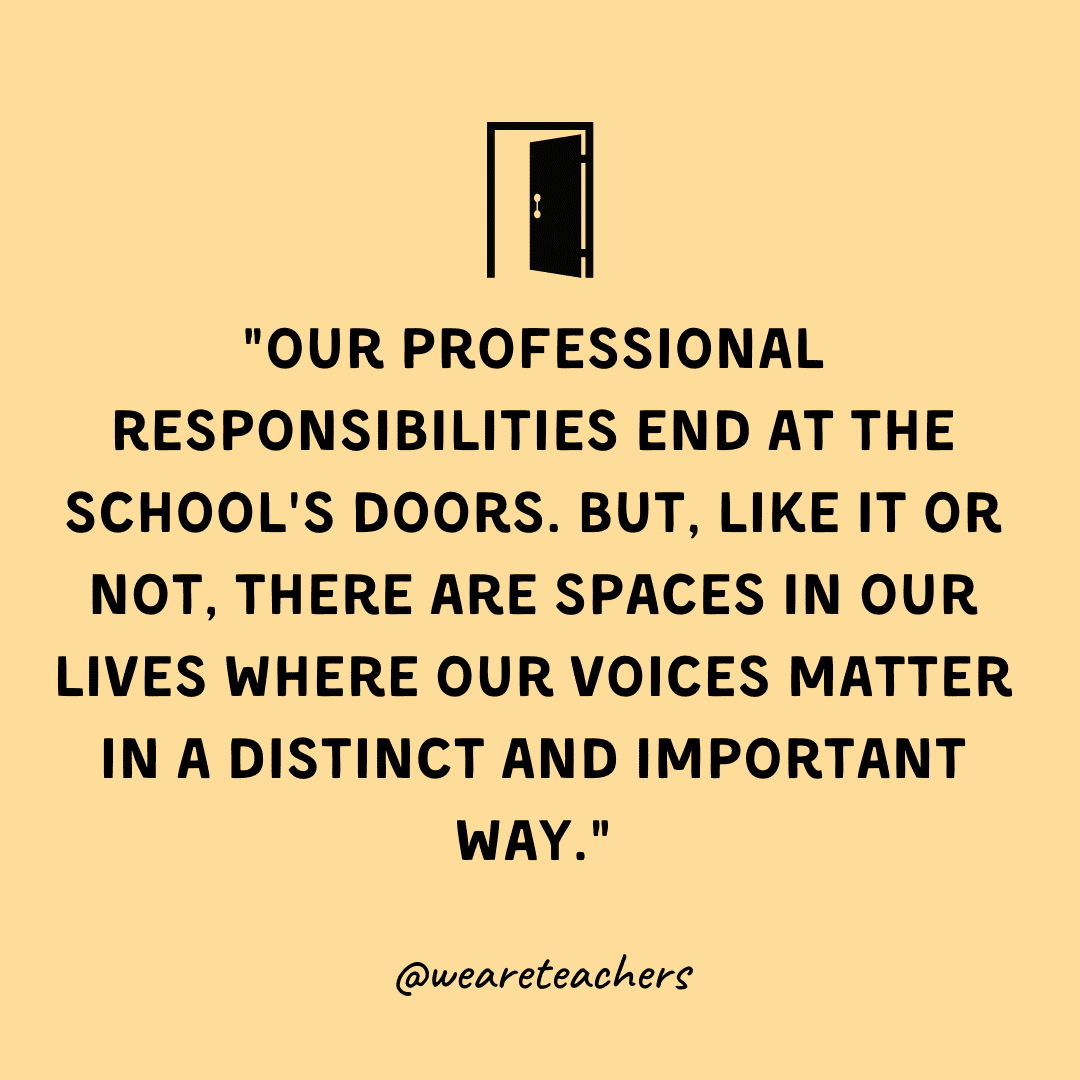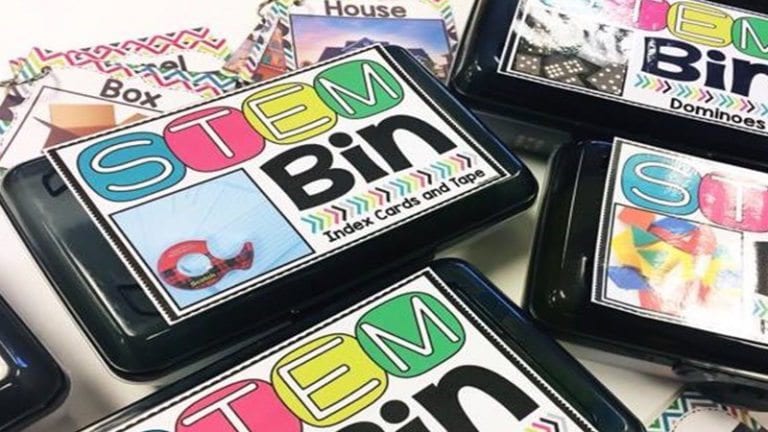We all know that teaching is currently in a state of crisis. Educators are quitting at an alarming rate, and recently, some have said that worsening student behavior is behind their decision to leave. I get it. As a middle school English teacher, I’ve seen the heads on desks, the outbursts, the decline in social skills myself. But I think we have to be careful about putting any blame on students right now. Here’s why.
Our students are surrounded by trauma and potential trauma
I’m in my twelfth year of teaching middle school ELA. But I wasn’t always a teacher.
Once, when I was a middle manager for a famous publishing company, I lost my mind. We were in a meeting, and “Joe” would not stop criticizing my proofreaders. His department had made a mistake, and instead of taking responsibility for it, he kept blaming my staff. He was being a real jerk about it, too—smirking and making personal attacks—things that didn’t usually happen in the conference room.
I stood up—also not one of the norms for management meetings—and told Joe in very inappropriate terms what he could do with himself. Then I walked out—all the way out, down the elevator, and around the block, which was the plan my therapist and I agreed was a good one, for those times when work made me feel like I was going crazy.
I used to be “chill.” Everybody said, “Hey, Hogan, you’re so relaxed,” and I was, like, “Yup. Live and let live, man.” What changed?
To make a long story short, I was on the sidewalk a few blocks from the World Trade Center on 9/11 when the South Tower began to collapse. I always associated my PTSD with that moment.
But when our school closed in March of 2020, I started to think more about the experience we had after 9/11—with air so dusty they had to sweep the streets every morning, in between the military vehicles and soldiers, navigating the emotional outbursts and cognitive confusion at work and home. Sirens, unsafe air, neighborhoods shut down for an abandoned briefcase—what I thought were triggers were actually new traumatic events adding up.
I could blame my outburst toward Joe on his bad attitude, or on my PTSD, but the truth is that neither of us was acting the way we usually acted. None of us was OK.
Schools were already struggling when the world fell apart
Before 2020, schools across the country had been in dire need of more mental health resources. Between 2000-2019, high-stakes testing grew out of control, punishing students for the system’s failures, and six states were added to the right-to-work list.
That being said, we had been holding it down. Not all of us, but a lot of us. We built relationships with students. We did our best to adapt to formalized instruction requirements, new initiatives, and administrators. Our students saw successes and failures, grew as humans, sometimes cursed loudly on the way out the door, and sometimes returned the next year for a hug, an apology, and to catch up on life.
The halls were full of smiles, noise, and conflict. Tragedies, too. Tears, surprises, cupcakes, dance-offs, construction paper decorations, furious parents, and empty tissue boxes in the trash cans after family conferences. There were some days when it felt like you couldn’t make it one more minute. But we did. You did, too. We all did.
Then we hit March 2020. Shortly after going virtual, our students began reading news about the murder of George Floyd, and between COVID and the summer of civil rights actions, the entire nation experienced multiple collective traumas.
Each of our communities has been affected by the past two years in its own way. Most of us by now have seen the good, the bad, and the ugly of our society, and let’s be honest: a lot of the good has been the good we’ve cultivated for ourselves. That’s true for the kids, too, and their families.
The veil has been lifted in so many ways—how Americans are paid, how we receive medical care, how our communities are funded or ignored. And while many of us have seen a shift in our daily lives because of what we’ve all been through, America has been asking teachers and students to go back to the old normal, as if nothing changed, as if our kids don’t see the way things really work.
Schools aren’t equipped to handle this trauma

It doesn’t matter what our baseline was before COVID—we are all seeing behavior daily that we used to see once a month or once a year; it’s different now.
How has your baseline changed? More kids with their heads down? More students who “freak out” over “small things” or turn “ordinary middle school drama” into an all-out brawl? Increased bullying? Have staff and students been seriously injured?
Are more of your colleagues finding it difficult to make it through the day? Emotional breakdowns in the car before and after school? Are there arguments or resentment building between teachers, guidance counselors, support staff, and administration?
I’m seeing a lot of the same behaviors I saw in the months and years following 9/11 in lower Manhattan. That doesn’t mean we are all going through trauma that will become PTSD, but it does suggest, along with all our other information, that all of us are at risk to being exposed to potential trauma, and it’s happening every day. Things are not normal, not for students who lost years of activities, holidays, and time with friends, and not for those who lost caregivers, siblings, and family members here at home and back home, from COVID, from abuse, from systemic violence.
Ongoing trauma causes complex PTSD
According to Psych Central, while PTSD stems from a single traumatic event, “Complex PTSD is caused by ongoing trauma that lasts months or years, often in childhood. C-PTSD can also occur when the trauma was caused by a parent or caregiver.”
The specific pieces of complex PTSD that can be distinct from PTSD include:
- Feelings of shame or guilt.
- Difficulty controlling your emotions.
- Periods of losing attention and concentration (dissociation).
- Physical symptoms, such as headaches, dizziness, chest pains, and stomach aches.
- Cutting yourself off from friends and family.
- Relationship difficulties.
- Destructive or risky behavior, such as self-harm, alcohol misuse, or drug abuse.
- Suicidal thoughts.
Many of those behaviors are probably familiar to you—maybe you see some in the kids, and maybe you recognize some in yourself. I know I do. Remember that students may not be as comfortable with or capable of sharing their feelings. How easy is it for you to talk about your mental health struggles with strangers?
Before 2020, I saw schools and educators settling into some real learning, reflection, and action related to trauma-informed practices. You may have also seen the corporate acronyms and poorly implemented interventions that were often counterproductive or even harmful, but it did feel like we were making progress—if not as a system, at least within a certain, determined community of educators.
But are we ready, in all of our own struggles and stress, to care for and teach students who are still experiencing the reality of difficult, unsteady, and worrisome times? Who are experiencing intense moments of fear, anxiety, and confusion because of what is happening around them in the classroom?
In a nation full of adults who can’t carry on a civil conversation, should we expect more from the kids?
The truth is, the same systemic problems that are making us rethink our careers are showing up as students struggling academically and behaviorally. Underfunded schools, standardized testing, canned curriculum, emphasis on quantitative grading, understaffed school mental health resources, not to mention an increasingly stressful home life for countless American families, have all contributed to a more difficult school experience for so many of our students.
Even if those things weren’t true [insert middle school eye roll], our students are surrounded by trauma. They have been subjected to many of the same stresses and worries as adults, but are not as well equipped to deal with them. If Joe and I had been 14-year-olds in math class, things might have escalated. We both may have been expelled. And one or both of us might end up in the school-to-prison pipeline that we also haven’t started to fix. Especially if we were Black. Or weren’t able to articulate our feelings properly when grilled by unfamiliar adults. Or who spoke a different language than everyone else in the entire building.
Kids are humans who are still growing—and it’s never their fault. Yes, they make mistakes. Yes, they may cause harm. It’s not their fault. It’s not ours, either, but we will make more progress if we advocate for teachers and students together.
With great power comes great responsibility, and we have to do better
“Love and belonging are irreducible needs for all people. In the absence of these experiences, there is always suffering” Brene Brown, Atlas of the Heart.
I’m going to suggest that the first step is to make sure students feel they belong at school.
How can we help this along, even as we know that our educational systems are falling far short?
In addition to our Emotional Support colleagues, SFRSs, guidance and school-based counselors, this resource is a good visual aid for how to recognize these behaviors in your classroom.

Learning for Justice goes into more detail, to help educators understand some of the background: “This PD Café will help you learn how to recognize the signs of trauma, better understand the causes of trauma, and take steps to establish social and emotional safety in your classroom.”
Take care of yourself before even thinking about taking care of others. Be patient with your own emotions, and try to be patient with students’ emotions, too. Reflect, recharge, and remember that we are navigating unprecedented times.
But we have to take care of each other the best we can, and we do that, when our voice can be heard, by telling the truth.
Many things change after a collective trauma. Friendships may deepen or crumble. Many people, including me, made huge life changes in an attempt to reframe our new understanding of the world. We all know that we learn best when we are uncomfortable, and this will be no different.
Here’s a truth that I believe most of us are ready to hear:
Without sufficient resources, all the support we try to provide for the students who are acting in these more visible and disruptive ways will be useless. Removing them from class isn’t helping them. Suspending them isn’t helping, either, and neither is making kids sit in classes with endless substitute teacher and schedule disruptions.
These “solutions” didn’t help before 2020, and they aren’t going to help now, even though “things are getting worse.” This has been happening for decades. The educational reality for students of color is that it’s been happening for hundreds of years. Mental health issues don’t get better when they’re ignored.
Most of us can see that. Most of us can see that the job is difficult. But we’re pushing ahead, leading with love, and doing our best.
But here’s a truth we may not all be ready to hear:
Sometimes it is the teachers.

We must ask ourselves, especially in the most challenging times, “are we acting in the best interests of the students, in our instruction and how we move through life?” Our professional responsibilities end at the school’s doors. But, like it or not, there are spaces in our lives where our voices matter in a distinct and important way.
So, friends, colleagues, and fellow caregivers—those of us whose positive and negative impacts alike can be felt directly by our students—are we reflecting on our words and actions? Are we conscious of our own biases? Are we seeking to learn more? For those of us whose students have been ostracized, attacked, and discriminated against in schools for the entire history of our nation—are we actively working to empower those most curious and powerful learners?
During this national crisis in public schools, among teachers who are under attack from all sides, who are charged with caring for and educating students who live with existential threats every day, we have a responsibility to advocate and care for all of our nation’s children, and for our students most fiercely.
Do you feel our students are surrounded by trauma? Share your thoughts in the comments below.
Looking for more articles by me? Make sure to sign up for the upper grade ELA newsletter here.


